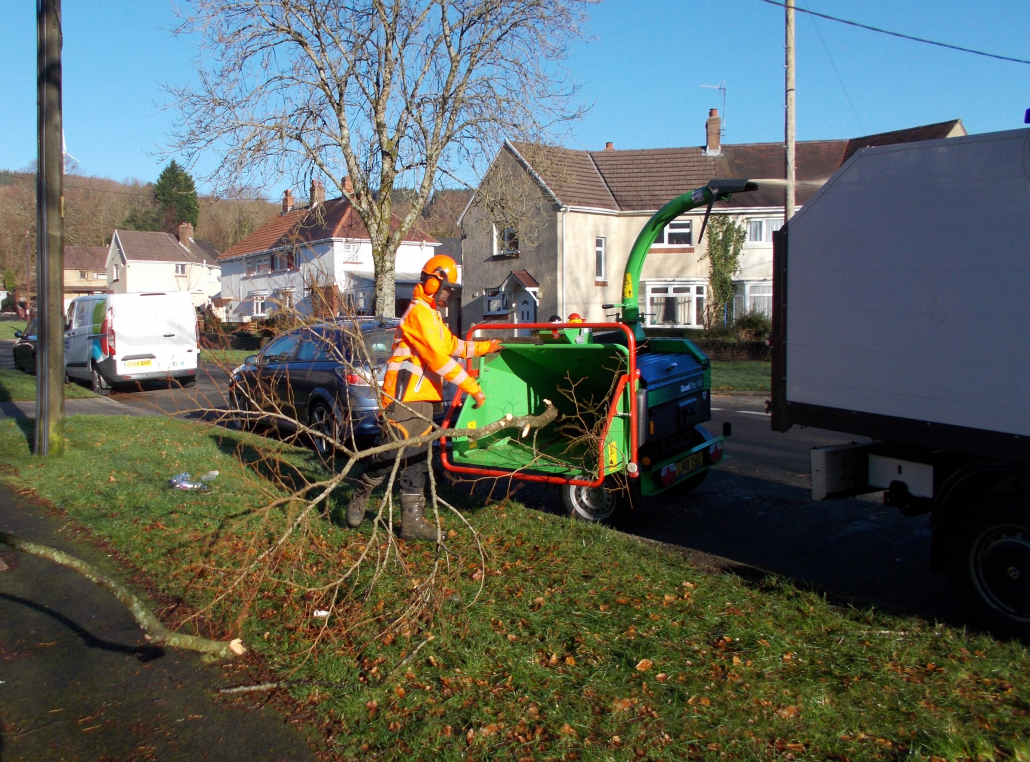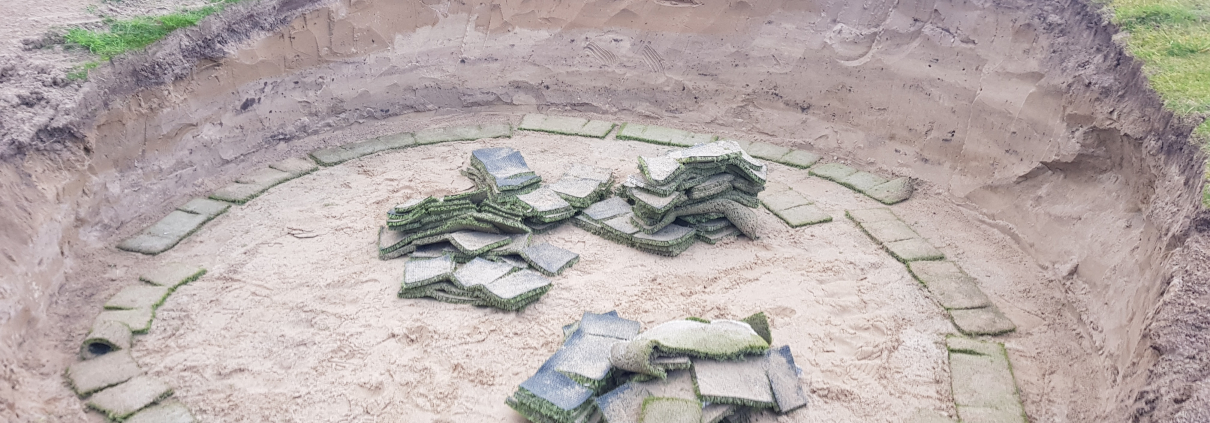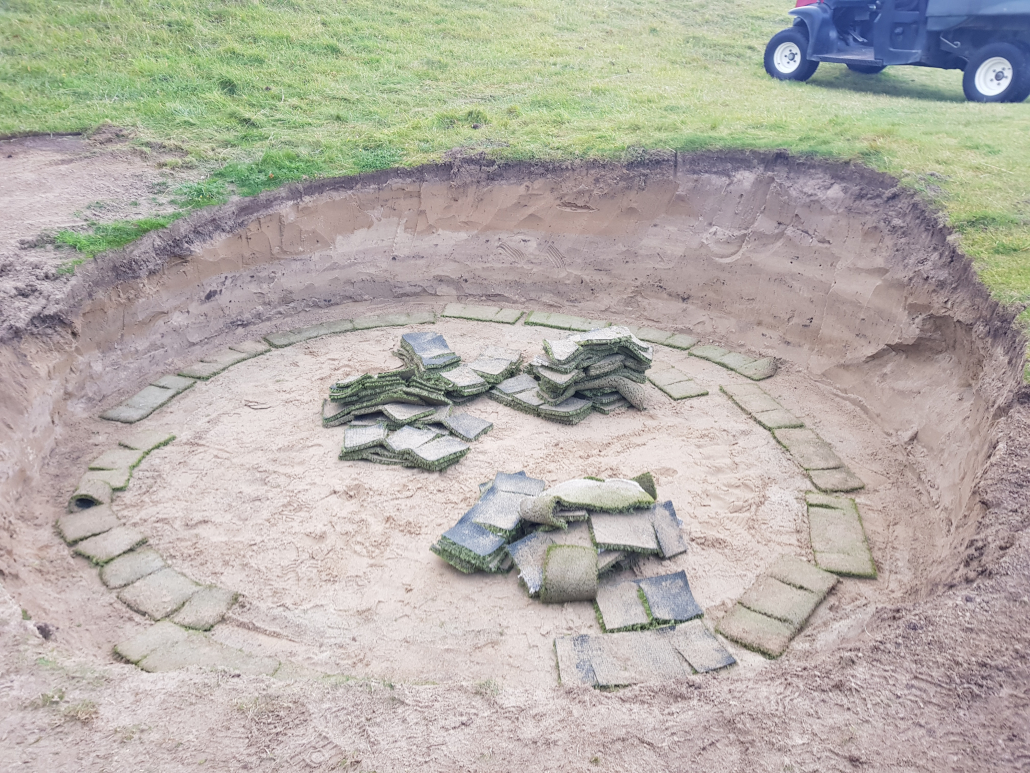New fertiliser recycles battery waste
New fertiliser recycles battery waste: Battery waste is helping greenkeepers in the UK to improve the health of their turf, thanks to the launch of a new liquid fertiliser product.
ZM-Grow™ extracts zinc, manganese and sulphur from used alkaline batteries to create a unique fertiliser for a range of crops, including amenity turf.

With limited recycling options for alkaline batteries, the process is not only helping greenkeepers to be more sustainable, but also reduces the risk of toxic substances contaminating groundwater and the environment.
Johnny Beck, Agronomist at Agrovista Amenity, said: “In excess of 10 billion alkaline batteries are manufactured in the world each year, and just one battery can contaminate more than 160,000 litres of drinking water, should it not be disposed of correctly.
“ZM-Grow is making a real difference in overcoming this problem. It applies unique ‘clean’ technology developed by Tracegrow in Finland and is thought to be the only process that can extract micronutrients from batteries to the necessary purity for fertilisers.
“Following trials at STRI over the summer, we’ve been able to launch the product at golf courses across the country, providing our customers with a highly ecological, organic fertiliser. Turf nutrition is so important, so this product really is a double win!”
Maintaining optimum levels of micronutrients is vital in promoting the growth of strong, healthy, disease-free turf. Manganese contributes to improving nitrogen uptake and photosynthesis, whereas zinc boosts cell elongation and sugar consumption.
Combining these micronutrients with protein-building sulphur gives greenkeepers a ground-breaking product that promotes a resilient and healthy sward.
Leigh Powell, Course Manager of Windlesham Golf Club in Surrey, said: “After conducting soil tests, we found that our root zones were consistently deficient in micronutrients, with manganese being particularly low.
“We chose ZM-Grow as a regular foliar top-up to correct the deficiencies, as it ticks a lot of boxes in terms of sustainable practices and inputs.
“Windlesham Golf Club is committed to challenging and reducing the use of non-sustainable products, so we are delighted that a fertiliser is available that addresses this agenda, whilst also supporting our operational needs.”
ZM Grow is distributed in the UK exclusively by Badger Crop Nutrition and is retailed by selected partners including Agrovista Amenity.
For more information, visit https://www.badgercropnutrition.co.uk/about-zm-grow
For the latest industry news visit turfmatters.co.uk/news
Get all of the big headlines, pictures, opinions and videos on stories that matter to you.
Follow us on Twitter and Instagram for fun, fresh and engaging content.
You can also find us on Facebook for more of your must-see news, features, videos and pictures from Turf Matters.















